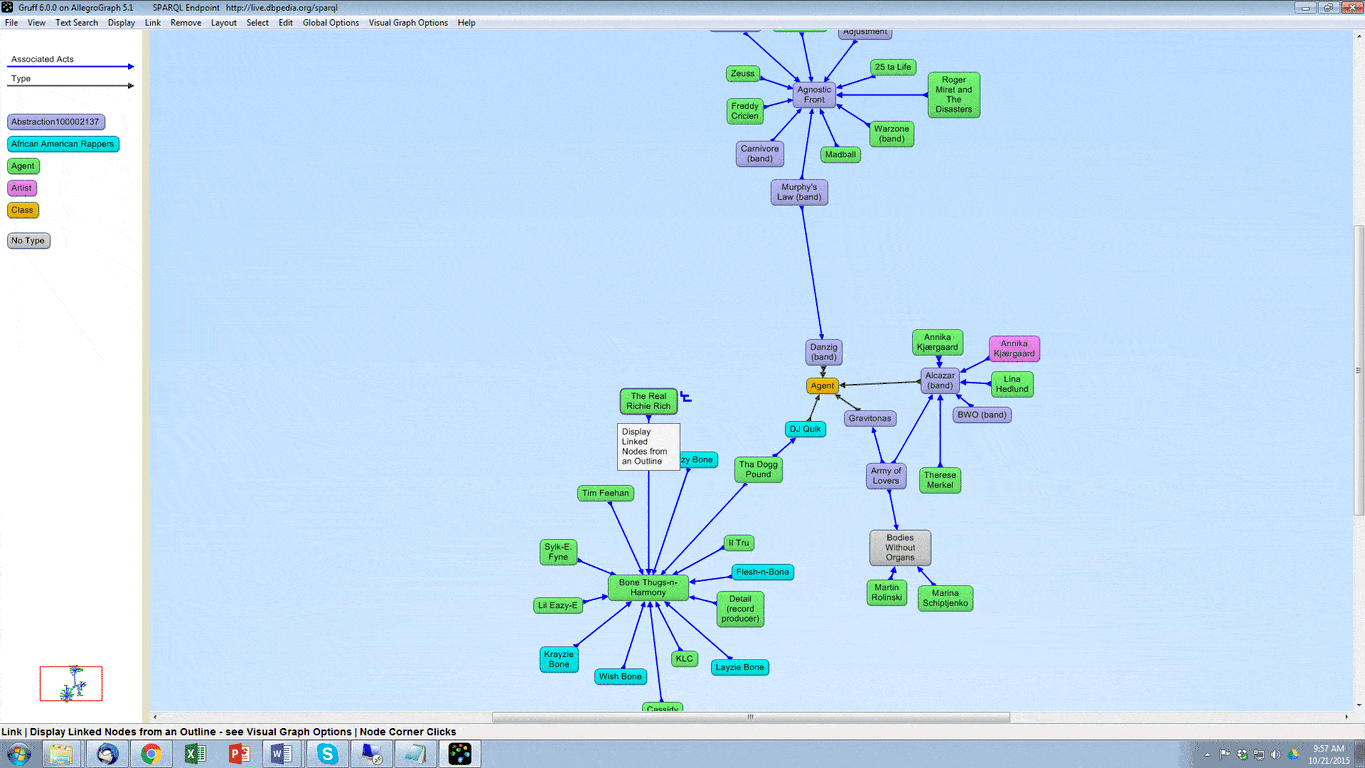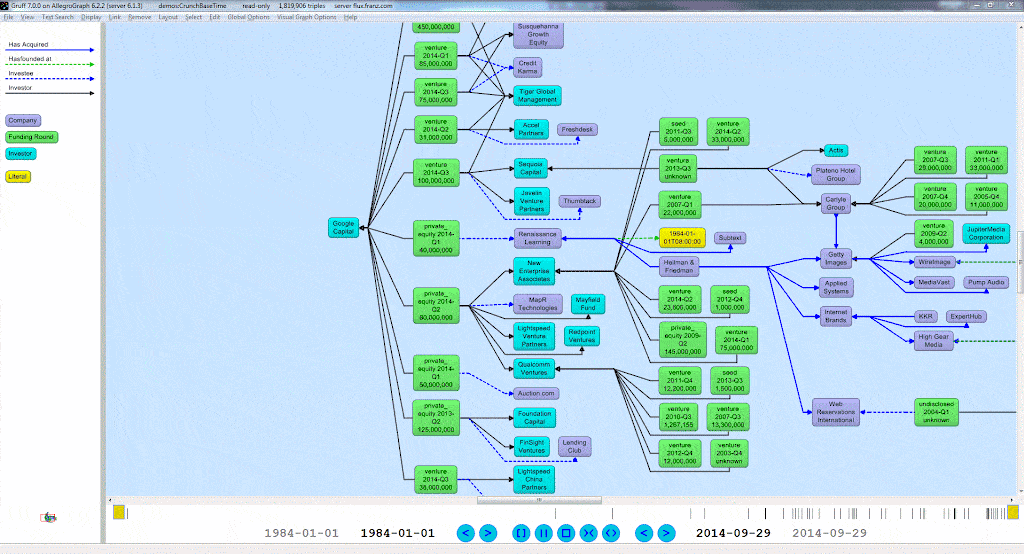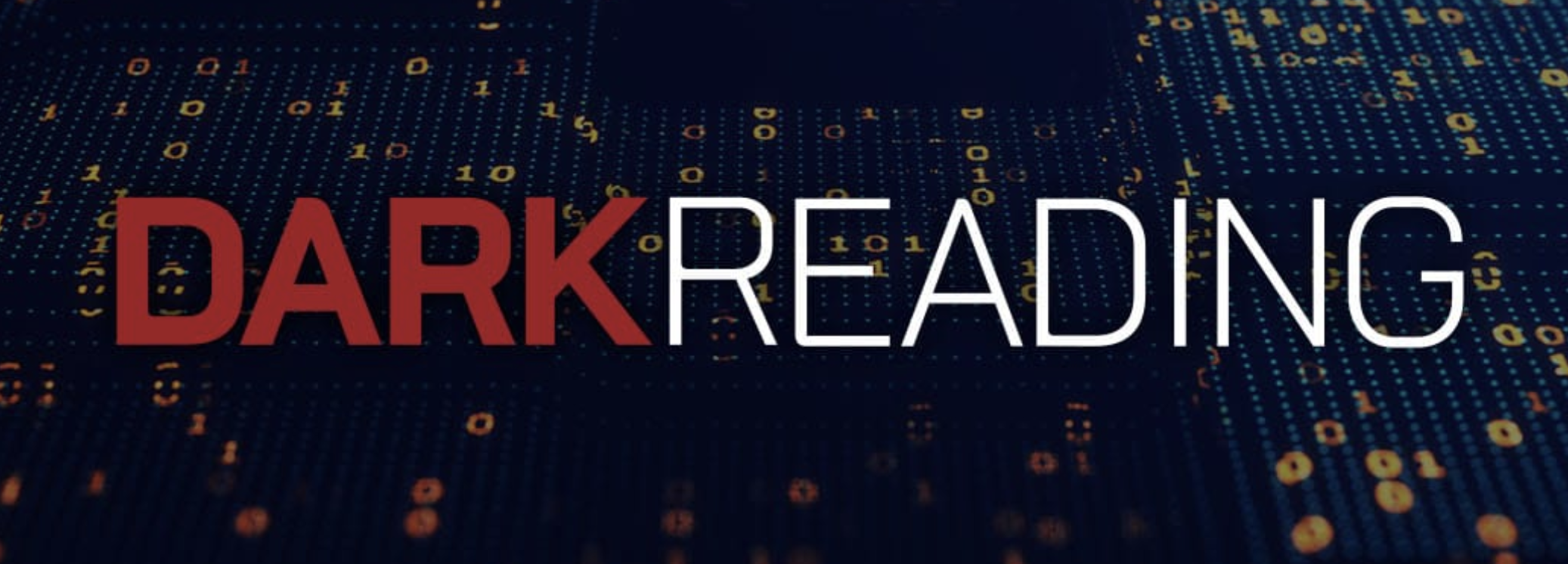- 10 June, 2019
New Gruff v7.4 – Now Available!
Gruff is the Knowledge Graph industry’s leading Graph Visualization software for exploring and discovering connections within data. Gruff provides novice users and graph experts the ability to visually build queries and explore connections as they developed over time.
Gruff produces dynamic data visualizations that organize connections between data in views that are driven by the user. This visual flexibility can instantly unveil new discoveries and knowledge that turn complex data into actionable business insights. Gruff was developed by Franz to address Graph Search in large data sets and empower users to intelligently explore graphs in multiple views including:
- Graphical View with “Time Machine” feature – See the shape and density of graph data evolve over time
- Tabular view – Understand objects as a whole
- Outline view – Explore the often hierarchical nature of graphs
- Query view – Write Prolog or SPARQL queries
- Graphical Query Builder – Create queries visually via drag and drop
Gruff’s ‘Time Machine’ feature provides users an important capability to explore temporal connections in your data. Users can see how relationships are created over time and are able to replay the evolving graph for new temporal based insights.

Key New Features and Updates in Gruff v7.4 – To see the full list – Release Notes.
- The new command “File | Connect to Gruff Demo Server” lets you try out Gruff on the “extended actors” database at a public AllegroGraph server that’s provided by Franz, when you don’t have an AllegroGraph server yourself. See the Example button in the query view and in the graphical query view for a few example queries. “Help | Animated Demo” also works there.
- The graphical query view has new grouper boxes for graph group graph pattens, either for a particular graph or for a graph variable.
- The graphical query view now has node filters for the SPARQL operators IN and NOT IN (for limiting a node variable to a particular set of values), for langMatches (for selecting only literals of a particular language), and for CONTAINS, STRSTARTS, and STRENDS (for finding literals that contain specified text). Also, the “bound” and “not bound” filters were broken, and the LIMIT and OFFSET values will now be included when saving a graphical query.
- Gruff can now connect to AllegroGraph servers through an HTTP proxy (as was possible with SPARQL endpoints already). See Global Options | Communications | HTTP Proxy.
- Additional triple file formats can now be loaded with the new commands “File | Load Triples | Load JSON-LD”, “Load TriG”, and “Load N-Quads Extended”. Corresponding new commands are also on the “File | Export Displayed Data As” child menu. Also, the new command “Global Options | Miscellaneous | Commit Frequency When Loading Triples” lets you control whether and how often commits will happen during loading.
- The query view’s “Create Visual Graph” button will now create link lines for additional SPARQL property path operators, namely InversePath ( ^ ) and AlternativePath ( | ). And it will draw the correct character for ZeroOrOnePath ( ? ). (See “Query Options | Show Links for Property Paths in Visual Graphs” for turning this off.)
- If the triple store defines label properties for predicates, then Gruff will now display those labels for the predicate objects as it has always done for nodes, as long as “Global Options | Node Label Predicates | Use Label Predicates for Node Labels” is on.
- When “Visual Graph Options | Node Labels | Show Full URIs on Nodes” is on, full URIs will be also displayed for the predicates in link labels. And full URIs will be shown in the legend as well.








